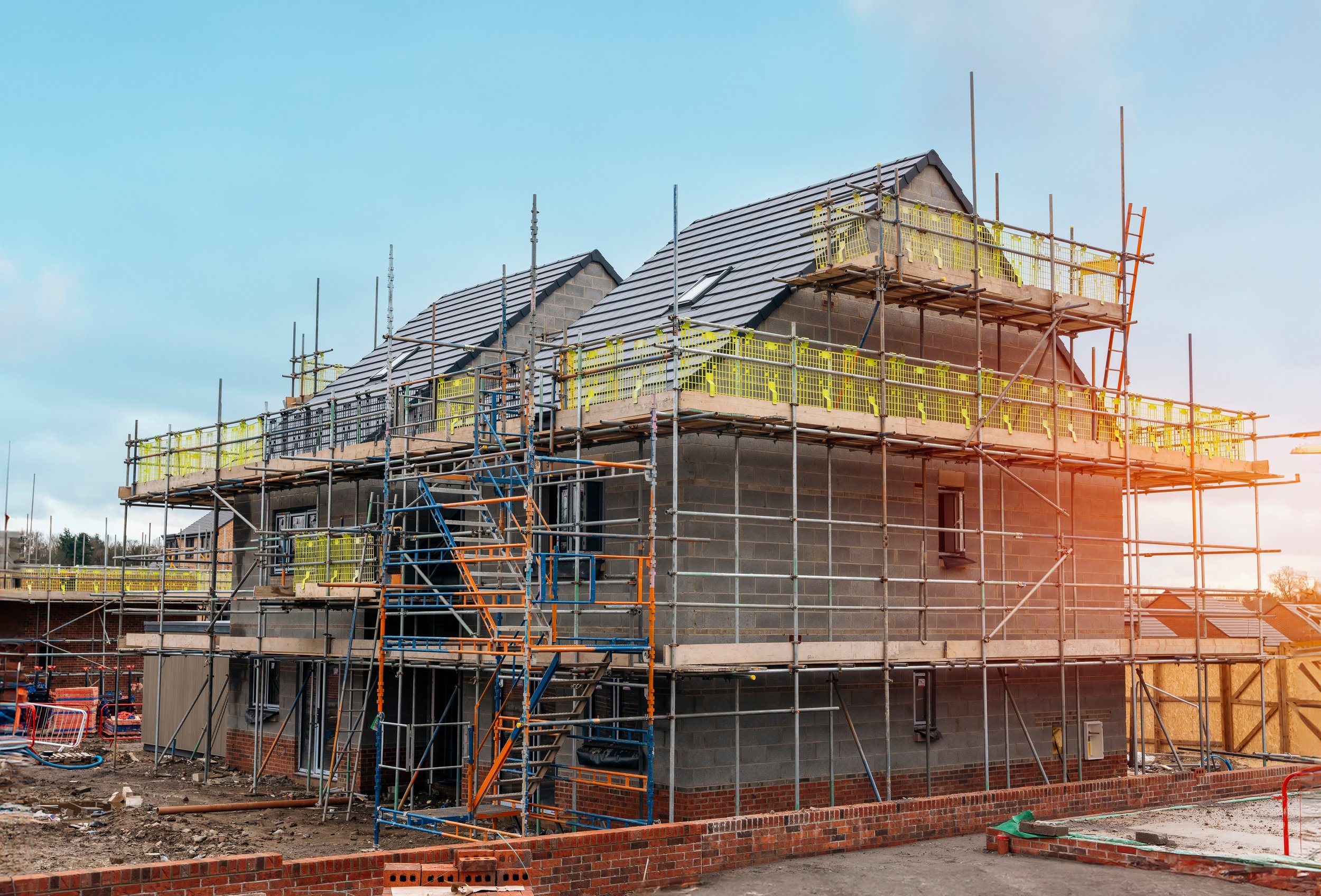
Do I Need Planning Permission for a New Roof in the UK?
A comprehensive guide determining whether you need planning permission for a new roof in the UK
When considering a new roof or significant alterations to an existing roof, understanding whether you need planning permission is essential.
In the UK, planning permission requirements can vary depending on several factors, including the extent of the changes, the type of property, and its location. Here's an in-depth guide to help you determine if you need planning permission for your roofing project.
Understanding Planning Permission
Planning permission is a formal approval from your local planning authority (LPA) required for specific types of work. It ensures that any new development is in line with local and national policies and considers the impact on the environment and the community.
When Planning Permission is Not Required
For most roof repair or replacement projects, planning permission is not typically required. Here are scenarios where planning permission is usually not necessary:
Like-for-Like Replacement:
If you are replacing your roof with the same materials and maintaining the existing appearance, planning permission is generally not needed.
Minor Repairs:
Small-scale repairs, such as fixing leaks, replacing damaged tiles, or installing new insulation, do not require planning permission.
Permitted Development Rights:
Most residential properties have permitted development rights, allowing certain changes without the need for planning permission. This includes changes that do not significantly alter the roof's shape, height, or appearance.
When Planning Permission is Required
Planning permission may be required in the following circumstances:
Changing the Roof’s Shape or Height:
If you plan to alter the roof's shape or height, such as adding dormer windows, extending the roof, or changing the roofline, planning permission is needed.
Material Changes:
Using different materials that alter the roof's appearance may require planning permission, especially in conservation areas or on listed buildings.
Significant Structural Changes:
Large-scale structural changes, such as adding a new storey or converting a flat roof to a pitched roof, require planning permission.
Conservation Areas and Listed Buildings:
If your property is in a conservation area, a National Park, an Area of Outstanding Natural Beauty (AONB), or is a listed building, planning permission is typically required for any roof alterations.
Roof Extensions:
Roof extensions, including loft conversions that extend beyond the existing roof plane or add significant height, require planning permission.
Planning Permission for Solar Panels
While installing solar panels on your roof is generally considered permitted development, there are exceptions:
If the panels protrude more than 200mm from the roof slope.
If your property is a listed building or in a conservation area, additional restrictions may apply.
The Process of Obtaining Planning Permission
If your roofing project requires planning permission, follow these steps:
Consult with Your Local Planning Authority (LPA):
Contact your LPA to discuss your plans and determine if planning permission is required. They can provide guidance on specific local regulations and requirements.
Prepare Your Application:
Submit a detailed application, including plans, drawings, and supporting documents. This typically involves architectural drawings, a design and access statement, and other relevant information.
Public Consultation:
The LPA may conduct a public consultation, allowing neighbours and other stakeholders to comment on your proposal.
Decision:
The LPA will review your application and make a decision, usually within eight weeks. They may grant permission, request modifications, or refuse the application.
Appeal:
If your application is refused, you can appeal the decision. The appeal process involves submitting additional information and may take several months.
Consequences of Not Obtaining Planning Permission
Failing to obtain planning permission when required can result in serious consequences, including:
Enforcement Action:
The LPA can issue an enforcement notice requiring you to undo the changes or make necessary modifications.
Fines:
You could face financial penalties for non-compliance.
Impact on Property Sale:
Unapproved alterations can complicate the sale of your property, as potential buyers and mortgage lenders will require proof of planning permission.
Insurance Issues:
Unapproved work may invalidate your home insurance, leaving you unprotected in the event of damage or other issues.
Conclusion
Understanding whether you need planning permission for a new roof or significant alterations is crucial to ensure compliance with local regulations and avoid potential legal and financial issues. While many roofing projects fall under permitted development rights, it’s essential to consult with your local planning authority to confirm specific requirements. By following the proper procedures and obtaining necessary approvals, you can ensure your roofing project proceeds smoothly and legally.
Top Articles
► Planning Permission for a New Roof
► Building Regulations for a New Roof
► Does a New Roof Add Value to Your Home?
► Does Insurance Cover Roof Leaks?
Roofing Materials Explained
► Code 3 and Code 4 Lead Flashing
► Slates
► Best Materials for Flat Roofs
Roofing Components
► Roof Ventilation for Flat Roofs
► What are Soffits and Fascias?
► What is a Fibreglass Flat Roof?
Common Guides
►How Much Does a New Roof Cost
► How to Find a Leak in Your Roof
► Why is my Velux Window Leaking?
► Planning Permission Velux Windows
► How to Clean Roof Tiles Without Pressure Washer
► Removing Moss from Roof Tiles
